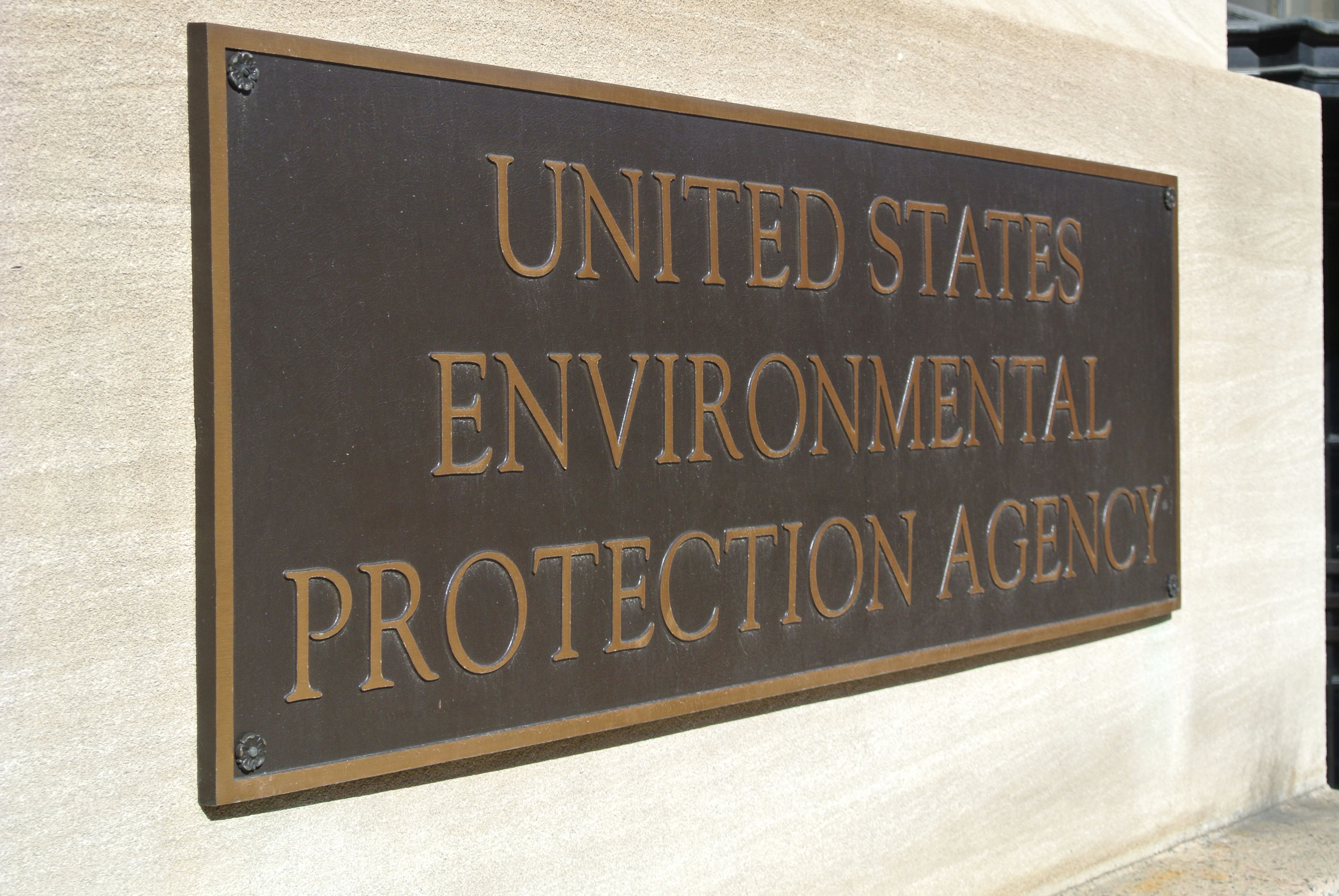I betray no secret when I report that much regulatory policy has been deeply politicized, and that is a vast understatement when it comes to many EPA actions under the Clean Air Act. Consider the regulation — the promulgation of a new National Ambient Air Quality Standard — of fine particulate matter (“PM2.5”), which, under the terms of the CAA, EPA is required to review every five years in light of “the best available science.”
Get real. A new rule was promulgated in December 2020, satisfying all of the public notice and comment requirements of the Administrative Procedure Act. It maintained the standard adopted in the previous rule from 2012, precisely because there is little evidence that a further tightening would yield any beneficial aggregate health benefits at all. Under the schedule required under the law, a new rule would be required in 2025, by which year “the best available science” might have advanced sufficiently to justify a different NAAQS. But because the Biden administration took office in 2021, adherence to the schedule mandated legally would not further its political interests.
And so only a few weeks after the official publication of the 2020 rule in the Federal Register that December, President Biden issued an executive order directing the EPA to reconsider it. Suffice it to say that “the best available science” did not change between December 2020 and January 2021, with the exception of one new study that EPA itself describes as “narrow” and not useful for purposes of new “conclusions.” What did change, of course, was the occupant of the oval office, the leadership of the EPA, and the political imperative to satisfy the demands of the political left to tighten the environmental screws in every possible dimension regardless of the actual analytics. EPA now proposes “to revise the primary annual PM2.5 standard by lowering the level from 12.0 [micrograms per cubic meter] to within the range of 9.0 to 10.0 μg/m3 while taking comment on alternative annual standard levels down to 8.0 μg/m3 and up to 11.0 μg/m3.”
That last bit about considering an alternative “up to 11.0 μg/m3” is amusing; can anyone believe that this administration will be willing to invite opprobrium from the environmental left in an effort to make its standards a bit less unreasonable? In any event, EPA cannot claim any sort of PM2.5 health emergency as a rationale for rushing things: Between 2000-2021 national average ambient concentrations declined by 37 percent, to about 8.0 μg/m3 over the last five years. Bakst and Lewis note that the improvements have occurred in every region of the country, and U.S. PM2.5 levels are among the lowest in the world, lower by 20 percent than those in France, Germany, and the UK.
EPA states in the new proposed rule that various analyses of human and animal exposures to very high PM2.5 yield no actual evidence that current ambient concentrations create important mortality risks. EPA circumvents that problem by emphasizing “observational” studies that examine raw correlations without controlling for other important factors that might affect the relevant mortality statistics. Because PM2.5 is everywhere, everyone is exposed to it on a constant basis, so that simple correlations are deeply problematic in terms of drawing conclusions important for regulatory policy.
It gets worse. EPA claims billions of dollars of net benefits (Table 2) from a prospective tightening of the PM2.5 NAAQS, despite the weakness conceded by EPA with respect to the overall epidemiological evidence. How does EPA arrive at that conclusion? They take the nonsensical observational correlations noted above, attribute to PM2.5 as many as 570,000 U.S. deaths per year, and apply a value to each statistical lost life of $10 million. So in the never-never land of EPA “analysis,” there might be $5.7 trillion in economic benefits available. EPA actually claims a figure of up to $100 billion for net benefits depending on the policy chosen; they seem actually to believe that they are being conservative.
The $10 million figure is consistent with the academic literature, but it is deeply misleading, in that it necessarily is independent of the ages of the statistical individuals losing their lives, and other crucial factors central to the PM2.5 issue. To the extent that PM2.5 at current levels is responsible for actual premature deaths — a deeply dubious proposition — one would expect that such deaths would be concentrated among individuals older, less healthy overall, suffering from other adverse health conditions, in all likelihood poorer, and on and on. EPA makes no effort to control for such relevant factors — it may be impossible to do so on the basis of the simple correlations reported in the observational studies — a failure that does not inspire confidence in the rigor of the analysis underlying the proposed rule.
For those interested in ever-greater regulation, PM2.5 is a gold mine. Over many years, EPA has justified tightened regulations under the CAA by claiming PM2.5 “co-benefits” created by proposed regulations of other pollutants. One study in 2011 found that of 26 CAA regulations of other pollutants, asserted PM2.5 co-benefits accounted for more than half of the asserted net benefits of 21, and more than 99 percent of the asserted net benefits of 11.
Ever-tighter regulation of PM2.5 is a game designed to increase the political power of the EPA and its allies in the White House, in Congress, and among ideological, geographic, and industrial interest groups. It is deeply perverse in terms of its potential to constrain severely economic development in numerous regions of the country. But here we are.
This article originally appeared at Real Clear Energy
